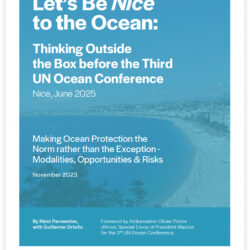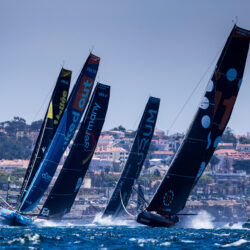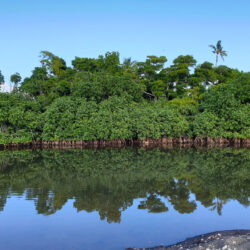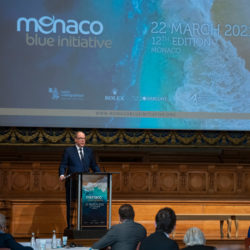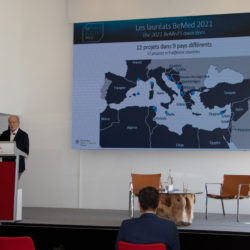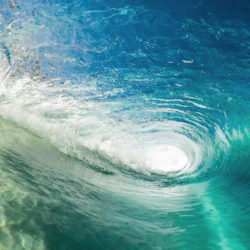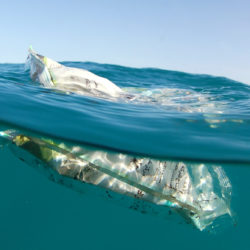While several studies have highlighted the harmful impact of microplastics (0.1 μm – 5 mm) on corals and their symbiotic algae, the physiological changes induced by nanoplastic (NPs, <0.1μm) pollution are still poorly understood. These nanoplastics originate from the degradation of larger plastic particles, or come directly from synthetic clothing with microfibers. such as those made of so-called “fleece” material.
“The coral is a symbiotic animal…” recalls Dr. Christine Ferrier-Pagès, director of research at the Department of Ecophysiology and Coral Ecology, at the Monaco Scientific Center (CSM), under whose direction the study was conducted. “It is composed of an animal host, the polyp, and symbiotic microorganisms, such as algae that live inside the polyp’s tissues. These two organisms are interdependent. During environmental stresses (high temperatures, pollution), the algae can die and be expelled from the coral tissues. As algae are a key element of coral nutrition, if they disappear, the coral no longer has the means to feed itself and a bleaching episode begins.
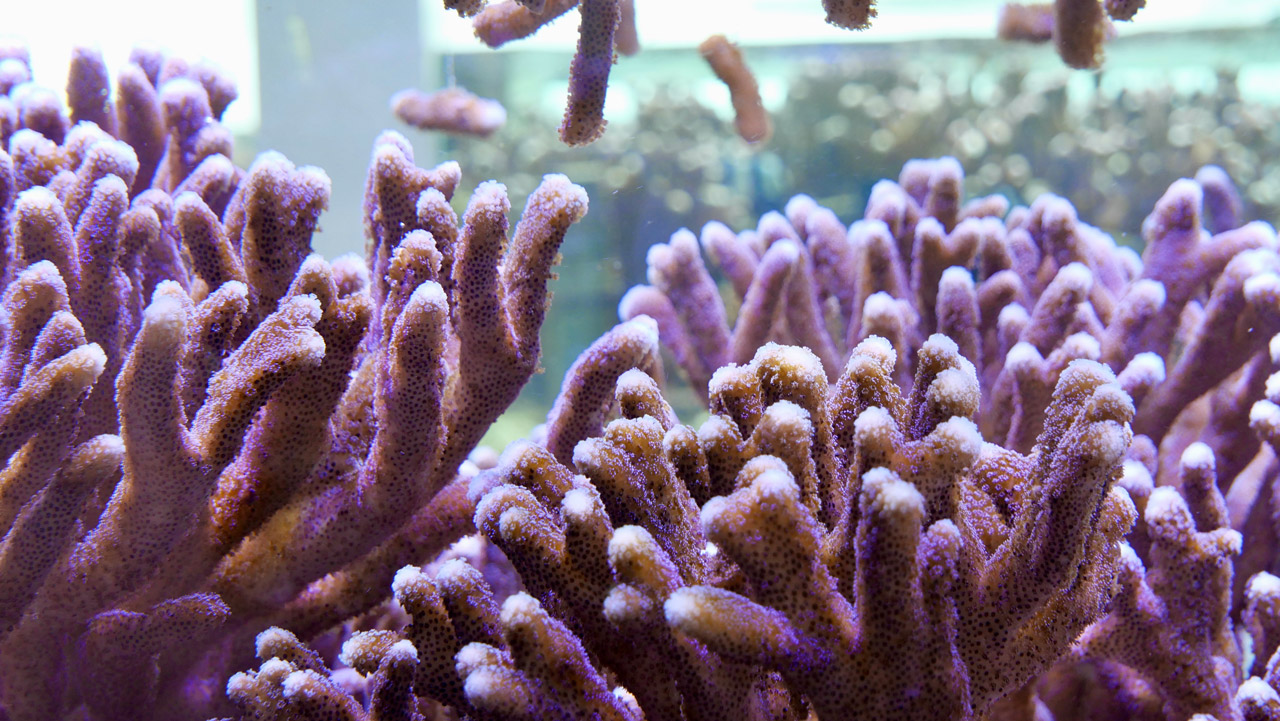
In this study, set up with Dr Eric Béraud, research fellow at CSM, two populations of symbiotic algae in culture were exposed to concentrations of nanoplastics ranging from 0 to 0.5 mg/L (20 nm polystyrene). In addition, the effect of NPs was also directly tested on the coral Stylophora pistillata and its symbiotic algae.
This first comprehensive study on the impact of NPs pollution on corals has highlighted the detrimental effects on both the algae and the coral-algae association. In culture, algal photosynthesis was impacted at nanoplastic concentrations as low as 0.005 mg/ as the algae experienced oxidative stress and cellular damage at this same concentration. Exposure of coral to NPs induced significant bleaching (loss of symbiotic algae), and oxidative stress in the host coral.
“Nanoplastics represent a very particular threat…” says Dr. Pagès: “…their size allows them to pass through the membranes and enter the coral tissues to the algae. Thus begins a deleterious process of contamination of vital organs and alteration of the photosynthesis cycle. The algae dies. The nanoparticles can also pass into the biomineral and contaminate it.
Moreover, plankton can also be contaminated by NPs, such as algae. Plankton is the basic food of coral. A potentially contaminated food.
In the future, the persistence of reef-building corals could be seriously affected by the cumulative effects of several forms of environmental stress (warming, acidification, pollution) but also, as this study shows, of several modes of aggression by the same pollutant.
The full publication can be found here :
Marangoni L. F. B., Béraud É., Ferrier-Pagès C. (2021). Polystyrene nanoplastics impair the photosynthetic capacities of Symbiodiniaceae and promote coral bleaching. Science of The Total Environment. Volume 815, 1 April 2022, 152136
https://www.sciencedirect.com/science/article/pii/S0048969721072120
s.


